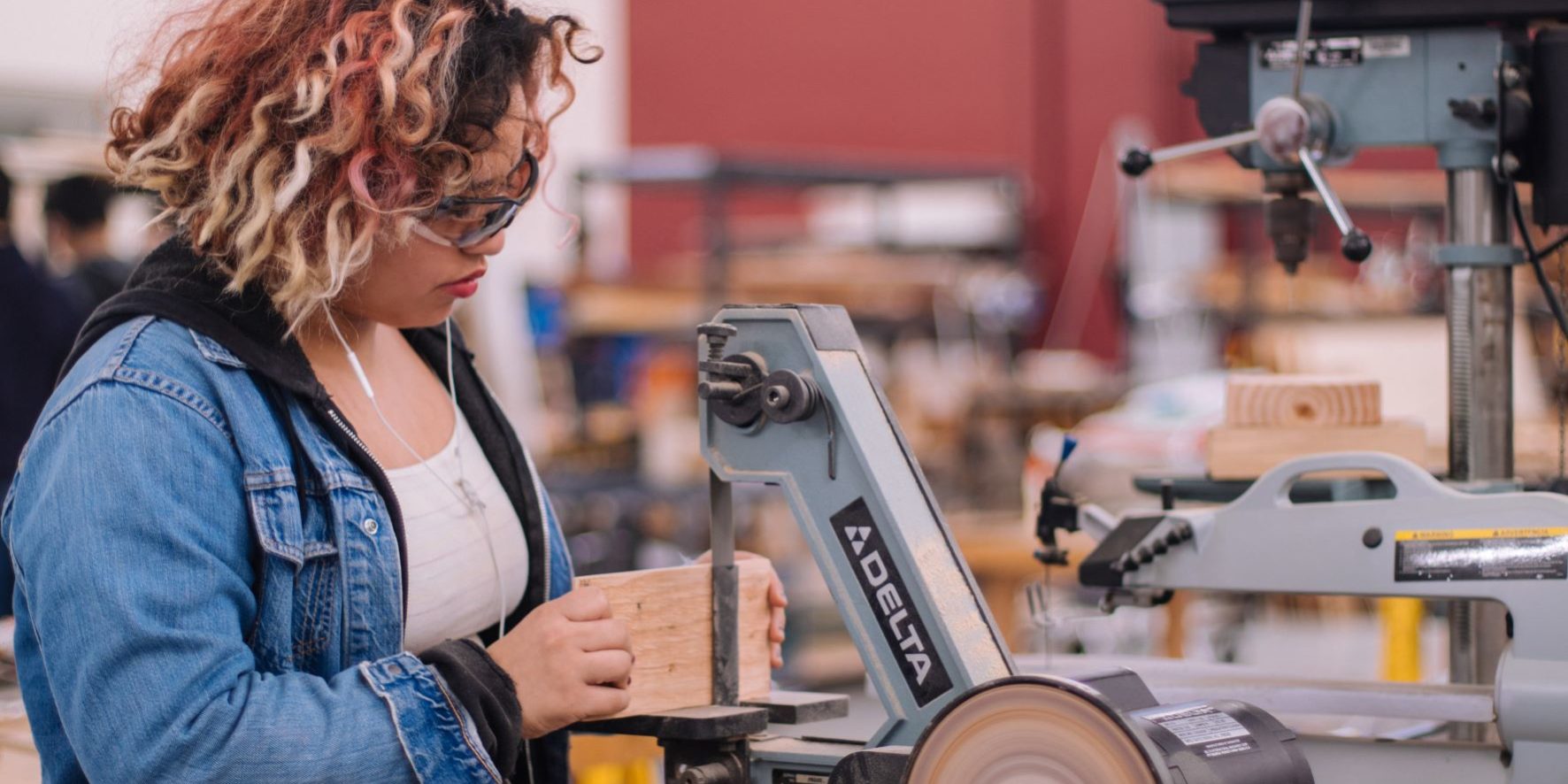When was the last time you or the person responsible for safety walked around your facility, warehouse, office or workplace and did an inspection? Your Injury and Illness Prevention Program states that the owner, supervisor or person with authority and responsibility shall conduct periodic workplace safety inspections. To maintain a safe and healthful workplace, OSHA requires that you use the safety standard to help identify hazards that currently exist or could develop over time, and that includes period inspections. These walk-throughs are not trivial and should be taken seriously, as one oversight can have deadly consequences.
Besides regular, scheduled inspections, you will want to conduct inspections whenever new substances, processes, procedures or equipment are introduced into the workplace as they can represent a new occupational safety and health hazard.
Getting started
You should always be on the lookout for possible hazards, but a complete facility check should be done monthly. With a busy workplace, employers and employees tend to overlook hazards. With monthly inspections and corrections, accidents can be prevented. These inspections can help you ferret out issues that may have just come up, or carelessness by an employee that would otherwise go unnoticed.
Use your own experience to develop a hazard inspection checklist for your facility. Every facility is unique and your managers and workers are the most qualified to understand the main safety hazards in the workplace. The items should be specific and clear enough so that anyone in your workplace can check the items listed. Make copies, so a new list does not have to be made each time.
What should you be looking for when doing a workplace walk-around inspection? You can start with these items:
- Are telephone numbers, safety data sheets, first aid kits, exits and warning signs posted in their appropriate places?
- Are all workstations clean, sanitary and orderly? Are changes in elevation indicated by signs or painted areas?
- Are electrical panels clear of obstructions, breakers marked in relation to what they serve, and panel doors closed?
- Are first aid kits easily accessible to each work area, with necessary supplies available and replenished?
- Are fire extinguishers mounted, unobstructed, signs posted and an adequate number for the workplace?
- Are exits marked with an exit sign, and non-exits marked accordingly?
- Are exits free of obstructions, and unlocked during business hours?
- Are employer postings in a prominent place, so all employees are likely to see them, and are the posters the latest revisions?
This list is by no means exhaustive. As mentioned, you will best know what to look out for at your workplace as you should be following OSHA regulations for your industry.
Don’t forget: If your inspection finds hazards, correct them immediately. Once you have done your inspection and noted anything untoward, cite it in your safety meetings. Involve your employees to let them know your concerns for their health and well-being. Ask for safety suggestions or concerns from front-line workers.
Record-keeping is key
The key to a regular inspection program is also to include detailed records of them.
You need to keep records of:
- Notes from every inspection you conduct and any findings and recommendations for abatement of hazards.
- Records from inspections after accidents.
All of these findings need to be communicated with your staff so that you can make them aware of these hazards and what you are doing to minimize them. This also helps in getting the team involved and building in them a sense of workplace safety awareness. You are also required to indicate the frequency of inspections and identify the person responsible for conducting the inspections and correcting unsafe conditions in all work areas. Keep these records for a minimum of three years.








